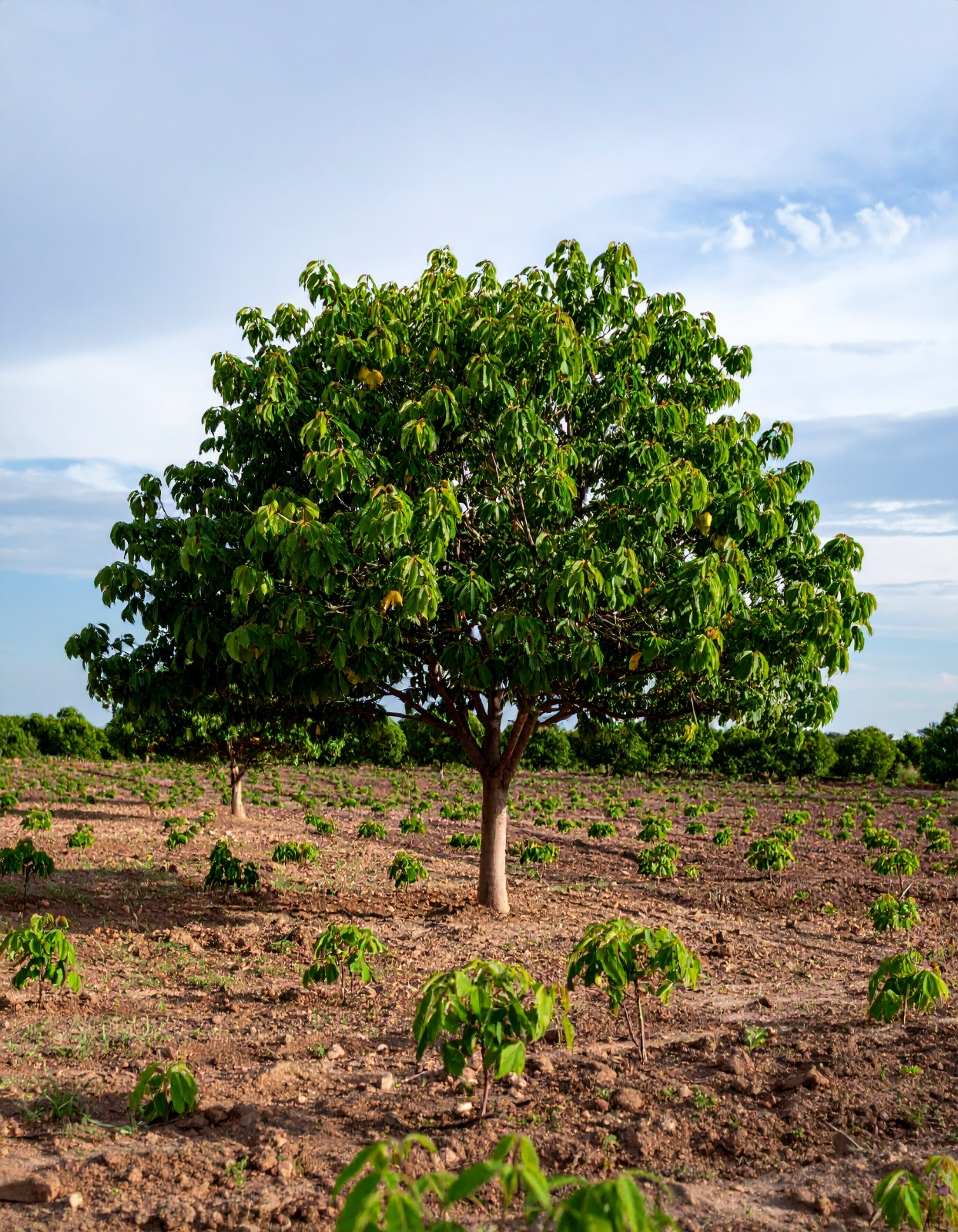Few trees command the respect and admiration that the mahogany tree enjoys worldwide. Recognized for its deep, rich reddish-brown hues and fine grain, mahogany has been prized for centuries as a symbol of luxury, elegance, and durability. This wood is the material of choice for crafting high-end furniture, classic wooden boats, and professional-grade musical instruments such as guitars and pianos. Its beauty and resilience ensure that mahogany pieces not only look stunning but also last for generations, cementing its reputation as a timeless material.
Ecological and Economic Significance
Beyond its luxurious appeal, mahogany plays an important role in the environment and economy. The tree’s robust root system helps stabilize soil, preventing erosion and maintaining healthy landscapes. Its dense canopy provides natural shade, which cools the environment and supports biodiversity. This makes mahogany valuable in agroforestry systems, where it can be integrated with other crops to promote sustainable farming practices. Economically, mahogany serves as a renewable resource that can provide lucrative returns through responsible, sustainable harvesting methods, balancing profit with preservation.
The Mahogany Species and Growth
Mahogany trees belong to the genus Swietenia, with Swietenia macrophylla (Big-Leaf Mahogany) being the most commercially significant species. Native to the tropical forests of Central and South America, this majestic tree can reach heights of up to 150 feet in natural forests. When cultivated on plantations, it typically grows to 50–60 feet with a straight, sturdy trunk and lush green foliage that adds aesthetic value to any landscape. Its impressive growth rate and stature make it not only a forestry asset but also a valuable addition to land restoration and reforestation projects.
A Unique Investment Opportunity
For investors, environmentalists, and entrepreneurs, the mahogany tree offers a rare blend of beauty, financial value, and ecological impact. Investing in mahogany plantations means supporting sustainable forestry practices while positioning oneself in a growing market for high-quality hardwood. This investment aligns with global trends toward environmental responsibility and offers long-term rewards, making mahogany cultivation an attractive and purposeful choice.
Why Invest in Mahogany?
Strong Global Demand
Mahogany’s superior quality makes it highly sought after in luxury furniture, marine, and construction industries, ensuring steady demand and premium prices.
Sustainable and Eco-Friendly
When grown responsibly, mahogany plantations provide a renewable timber source that supports environmental conservation and reduces deforestation.
Long-Term Financial Growth
Mahogany trees mature in 15–20 years, offering a stable investment with increasing timber value as mature trees become scarcer.
ESG Investment Appeal
Mahogany cultivation supports biodiversity, carbon capture, and rural jobs, making it an ethical, purpose-driven choice for investors.
Cultivation Guide: How Mahogany Grows
Ideal Climate and Soil
Thrives in tropical climates (25°C–35°C) with well-drained, fertile soils rich in organic matter and a neutral to slightly acidic pH.
Planting and Spacing
Plant saplings 10–12 feet apart to encourage healthy growth and easy maintenance. Use organic fertilizers for strong root development.
Maintenance
Regular weeding, mulching, and pruning help develop a straight trunk and reduce disease risks. Remove lower branches to focus growth upward.
Pest Management
Control pests like shoot borers using neem-based organic sprays or bio-pesticides for sustainable protection.
Harvest Timeline
Ready for harvest in 15–20 years. Thinning can start after 8–10 years to improve growth and timber quality.

